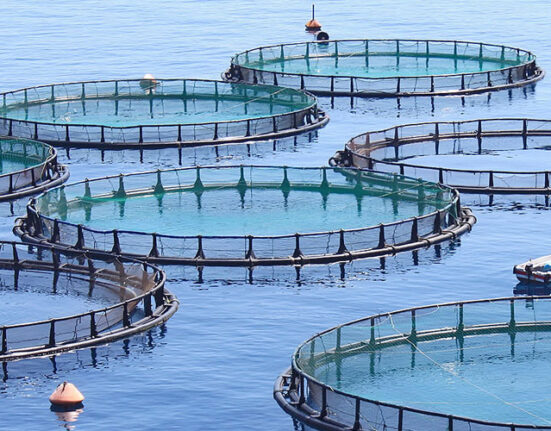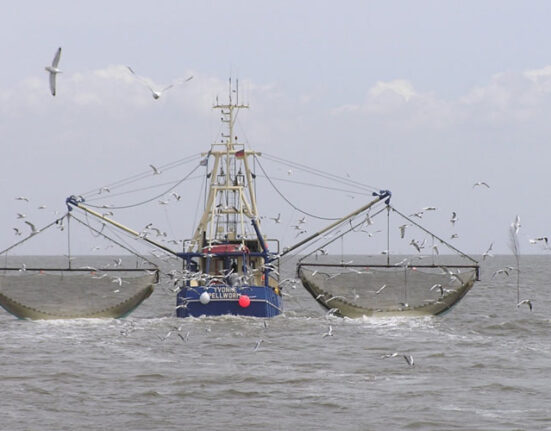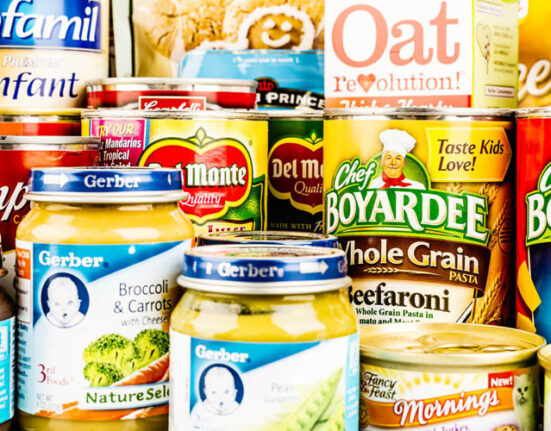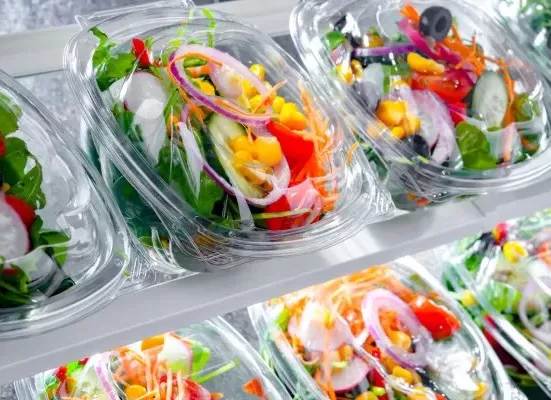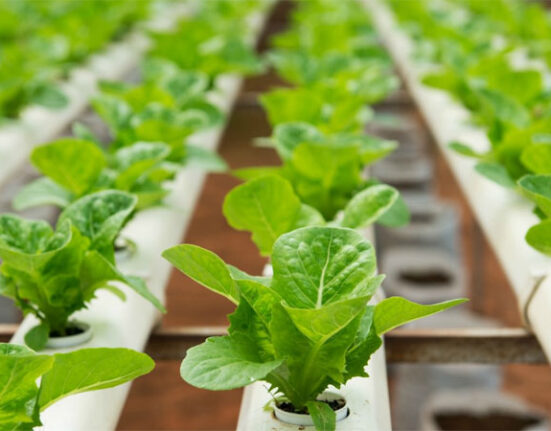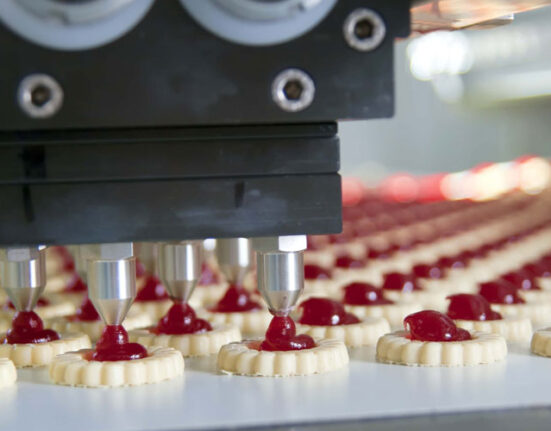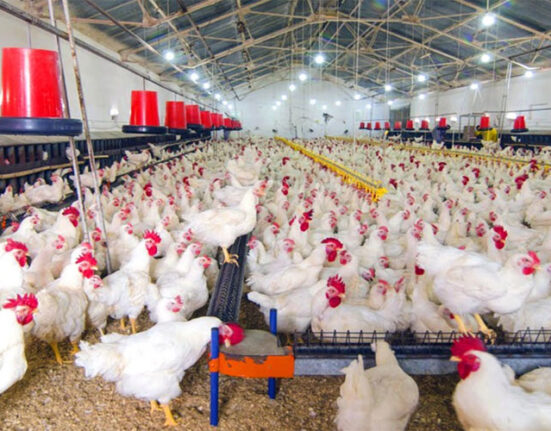Foodborne illness makes a terrible party favor. Keep it off your menu with these expert guidelines.
The weeks between Memorial Day and Labor Day are prime time for hosting outdoor parties, complete with fresh salads, grilled corn, and juicy homemade burgers. But while controlling the temperature of your food is important in any season—no one likes cold mashed potatoes at Thanksgiving—it’s more challenging when you move your setup away from the kitchen.
Allowing cold foods to get too warm and hot foods to get too cold doesn’t just ruin your meal experience. It also puts you and your guests at the risk of foodborne illness—a real party foul. Before you start brainstorming that perfect summer menu, brush up on your food safety skills. This includes knowing how to get food to a safe temperature (and keep it there), prevent cross-contamination, and properly clean everything from your ingredients to your coolers.
Classic Grilling and BBQ Recipes to Make This Summer
Know the Safe Temperatures for Food Service
Whether you’re serving indoors or out, it’s critical to keep your food colder than 40 degrees Fahrenheit or warmer than 140 degrees Fahrenheit, says Jessica Green, MPH, RDN, CSOWM, CP-FS, registered dietitian and certified food safety professional. The range of temperatures between those measurements creates a welcoming environment for bacterial growth, essentially letting microbes like E.coli and Salmonella throw a party of their own.
Keep Hot Food Safe Outdoors
:max_bytes(150000):strip_icc():format(webp)/summer-party-food-safety-hot-food-getty-0623-0ce07e10d82f4ea8b44d4e1cc784fd14.jpg)
“Temperature is the most important element to outdoor food safety,” says Todd Annis, vice president of culinary operations at Cru Catering in Charleston, S.C. While you don’t want to serve a heavy menu of hot foods at an outdoor summer affair, keeping chicken, medium-well burgers, and sides at a safe temperature is key.
Use Chafing Dishes
Chafing dishes are a hands-off way to keep food warm. Metal stands hold a pan of water, heated by a can of Sterno fuel; the steam rising from the water heats a second metal pan, placed above it to hold the food. Cover the water dish with aluminum foil and light the fuel about 30 minutes before you put the food pan into the stand to give the water time to heat, says Kimberly Baker, director of the food systems and safety program team at Clemson University Extension Service.
When it’s time to eat, “place the serving [dish] with food in the water pan so that the bottom of the food pan is resting just above the water,” says Baker. For the best temperature control, make sure the food is heated to at least 140 degrees Fahrenheit before you add it to the pan.
Make a Portable Hot Box
Turn a cooler into a warmer by lining it with clean towels and placing wrapped, heated bricks in the bottom. “Wrap clean bricks with aluminum foil, [then place them] in an oven at 350 to 400 degrees Fahrenheit until hot,” says Baker. Using hot pads or gloves, carefully lay the hot bricks along the bottom of the cooler, on top of the towels.
Place the hot food—which, again, should already be at 140 degrees Fahrenheit or higher, per the USDA1—on top of the bricks, and fold the towels around the food to provide insulation. During your cookout, keep the cooler closed as much as possible to maintain the right temperature, says Baker.
Check the Setup
If you serve and clear your food within the recommended two hour timeframe, your temperature should remain within the safe zone. If you are hosting an all-day party, refill the chafing pans with additional, fresh-cooked food multiple times, keep an eye on the water level, and check the amount of fuel (Sterno typically burn for two hours). Cover the food with a lid or aluminum foil to keep heat in (and bugs out), adds Baker.
Keep Cold Food Safe Outdoors
:max_bytes(150000):strip_icc():format(webp)/summer-party-food-safety-cold-food-getty-0623-85dc7f0311234d4aaa6ec3b2621cef6b.jpg)
Cold food should be kept below the temperature danger zone, or at 40 degrees Fahrenheit or lower.
Choose oil and vinegar-based dressings over cream-based ones, since cream-based dressings need to be kept cold while oil and vinegar do not, says Annis.
Keep Cold Food Indoors Until Needed
If you’re hosting at home, minimize the work your coolers need to do outside by keeping cold food indoors until just before serving. (The refrigerator is the best spot, though even an air conditioned space will buy you more time than putting it directly outside.)
If conditions are extreme, consider keeping your cold food there for the duration of the party. “The best way to keep cold food cold in extremely hot weather is [to keep this food] in an indoor section,” says Annis.
Know Which Cold Foods to Serve on Ice
Not all foods need to be iced outside—undressed green salads, fruit platters, and vegetable platters can all take the heat. “Anything that grows in hot weather naturally will work best for outdoor events,” says Annis. “They are not as temperamental, temperature-wise.”
Other foods, like seafood, should be served over ice—but ice comes with a few problems. “There are two issues—ice melts fast in warm weather, and when it melts, where will it go?” says Annis. His company uses a combination of dry ice and regular ice to minimize melting, but if that’s not a practical solution for your setup, Baker recommends filling a bowl or pan with ice and nestling a deep, rimmed bowl or platter for your food into it. Check the food’s temperature at least once an hour, and keep it covered when it’s not being served.
Use a Cooler
A cooler works well for serving individually-wrapped sandwiches, fruit cups, or containers of salad or dip. Fill your coolers with ice cubes or blocks, then add food that has been properly wrapped in plastic wrap or bags, says Frank Proto, chef and director of culinary operations at the Institute of Culinary Education. “Always keep the cooler in the shade, [and] keep a thermometer in the cooler [to] monitor the temperature throughout the cookout,” he says.
Prevent Cross-Contamination
The same care you take to prevent cross-contamination in your kitchen applies to outdoor food service, too. If you’re cooking outside, have “one [cooler] for raw meats and another for ready-to-eat foods,” says Green. Use a clean platter for foods taken off the grill—don’t put them back on the dirty tray you used for the raw ingredients—and specify different trays, plates, and cutting boards for raw meat and vegetables. Wash your coolers and containers with hot, soapy water after every use.
Wash Your Fresh Produce
:max_bytes(150000):strip_icc():format(webp)/summer-party-food-safety-washing-produce-getty-0623-a08f6569c5874adc840cbcb19e3013b3.jpg)
Fresh produce is one of the highlights of a warm-weather menu, as a nearly endless supply of fruits, vegetables, and fresh herbs inspires sides, salads, and even cocktails. While you shouldn’t use soap or detergent, you should rinse fresh produce and scrub thick-skinned items with a food brush. (Don’t rinse meat, since this can encourage cross-contamination to your sponges and sink.)
Cook in Batches
Cooking food in smaller batches allows guests to grab their meal at its prime temperature, instead of settling for dried-out meats and wilted salads that have been sitting out. When you’re ready to toss burgers or vegetables on the grill, cook smaller amounts, one after the other, instead of heating everything at once.
Present cold salads and platters on smaller dishes, swapping them out for backups kept in the refrigerator as they’re emptied. And if you’re serving a dressed salad, toss a few servings at a time to keep the lettuce from wilting.



